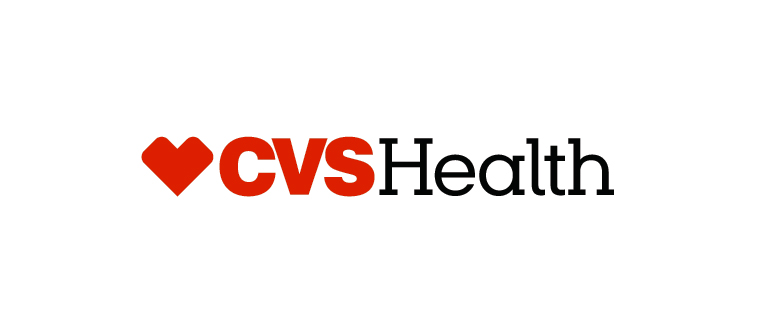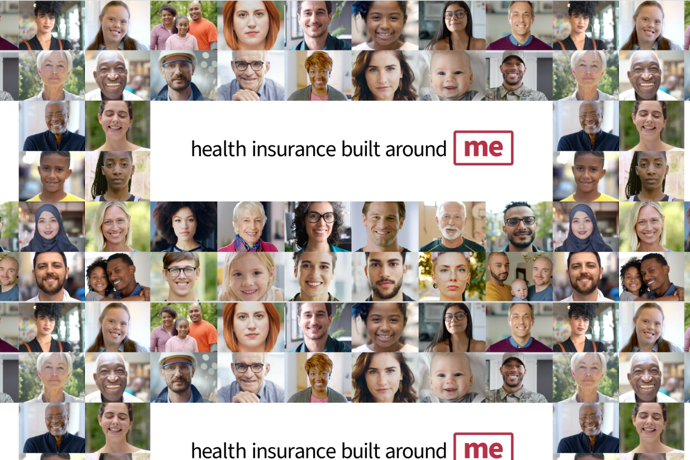What Payers and Providers Should Know About the CVS Name Change

Introduction: I was recently interviewed by Chris Cheney, the health plans editor at HealthLeaders Media for an article entitled, “Behind the CVS Health Rebranding Strategy.” After the interview on the CVS name change I thought I’d dig a bit further into how CVS Health came to be and what it might mean for payers and providers. Here are my thoughts.

It would be easy to dismiss the decision by CVS Caremark to change its name to CVS Health as part of a publicity stunt. After all, they tied it in with the announcement that they would be removing all tobacco products from their retail stores, which – as expected – garnered a boatload of valuable media coverage. And what better way to publically “kick the habit” than to add the word “Health” to the company name? The funny thing is they don’t actually plan to change the names of their more than 7,700 retail stores, which are their most visible asset. So, again – it might be easy to view this all as a PR stunt.
But that would be a mistake. Especially for payers and providers.
This name change seems an appropriate affirmation of the strategic trajectory on which the company has been heading for the past 17 years – with considerable acceleration over the past 8 years. As recently as 1995, the company, which was then a retail conglomerate, also owned Marshall’s, This End Up, Linens ‘n’ Things, Bob’s Stores and Kay-Bee Toys. At that time, they made a strategic decision to focus solely on their CVS stores, which lead to the divestiture of all of their non-drug store brands. They also decided to change their name from Melville Corporation to CVS Corporation. This marked the beginning of rapid retail expansion across the U.S., much of which came via acquisition.
Fast forward to 2006 and CVS acquired MinuteClinic, which has become the nation’s largest retail clinic provider in the country with more than 900 locations inside CVS/pharmacy stores in 29 states and the District of Columbia. Then in 2007, CVS acquired Caremark, the leading pharmacy benefits manager (PBM) for $21 billion in stock. Along the way, CVS has also made acquisitions that have bolstered its specialty pharmacy division. And, earlier this year, they acquired Coram, which is one of the nation’s largest providers of comprehensive infusion services.
It’s clear that CVS Health is already a major player in the pharmacy space. But what’s also clear is that they’re becoming a major player in the provider space… and at just the right time. Due to the massive increase in the number of insurance plans with deductibles, more and more healthcare costs are shifting towards consumers, who are being forced to become shoppers looking to get the most for their money.
In his article “What Does CVS See That Others Don’t?” author Paul Keckley points out that “The status quo healthcare system caters to patients who are oblivious to costs and treatment options. [But] the market CVS Health and others foresee is one in which consumer choices matter. It’s a market that’s cost-conscious [and] value-driven.” In a recent PwC Health Research Institute study (“Health care’s new entrants: Who will be the industry’s Amazon.com?”), 64 percent of people surveyed said they would go to a non-traditional place to get medical services to save money. It’s no wonder that CVS Health has set a goal of having 1,500 CVS/minuteclinics in 35 states by 2017.
To be clear, we’re not just talking about flu shots. According to the CVS website, “CVS/minuteclinic locations are staffed by nurse practitioners and physician assistants who utilize nationally recognized protocols to provide treatment for common family illnesses, skin conditions and injuries, administer vaccinations, conduct physical and wellness screenings, and offer monitoring for chronic conditions seven days a week without an appointment, including evenings and holidays.” And one has to wonder how far they could take this given consumers’ open-mindedness to non-traditional service providers. The PwC study found that 26.2 percent of those surveyed would be “very likely” or “somewhat likely” to choose a medical clinic in a retail store for dialysis. For an MRI it was 34.4 percent. For having stitches or staples removed it was 48.3 percent. And 49.1 percent said they’d be “very likely” or “somewhat likely” to have a wound or pressure sore treated at a clinic in a retail store or pharmacy.
The site also emphasizes the fact that “CVS/minuteclinic is the only retail health provider to receive three consecutive accreditations from The Joint Commission, the national evaluation and certifying agency for nearly 15,000 healthcare organizations and programs in the United States.”
In other words, CVS Health is a formidable and credible healthcare provider.
So what does this mean for payers? Overall, this is very good news as it could give their members access to an alternative, lower-cost provider of commonly used services. Many health plans already include CVS/minuteclinics in their networks so there’s a built-in conduit for additional services. Promoting access to these services could help both the plan and the consumer save money.
For providers the situation is more challenging. In many ways CVS Health, which is positioning itself as a “new entrant” in the healthcare services market, is a threat. Certainly, CVS Health has the advantage of being able to figure out how to deliver a specific service at the “right price” without all of the overhead of a typical hospital or health system. And if they can’t figure out how to do it, they can simply opt not to offer the service, which is something that most traditional providers can’t do. On the other hand, there could be an opportunity to align with CVS Health in certain areas. Earlier this year, Baptist Memorial Health Care and Walgreens announced a partnership that would lead to expanded services within Walgreens’ in-house minor medical centers, Healthcare Clinic (see article here.) For providers that are disinclined or unable to explore such an alliance, they must at least ask the question, “How can we market the value we bring to consumers that providers like CVS just can’t offer?”
Whether an opportunity or a threat, the potential impact is significant. And where CVS Health and Walgreens go, others will follow. Now’s the time for payers and providers to look at their own strategic plans and adjust accordingly.









